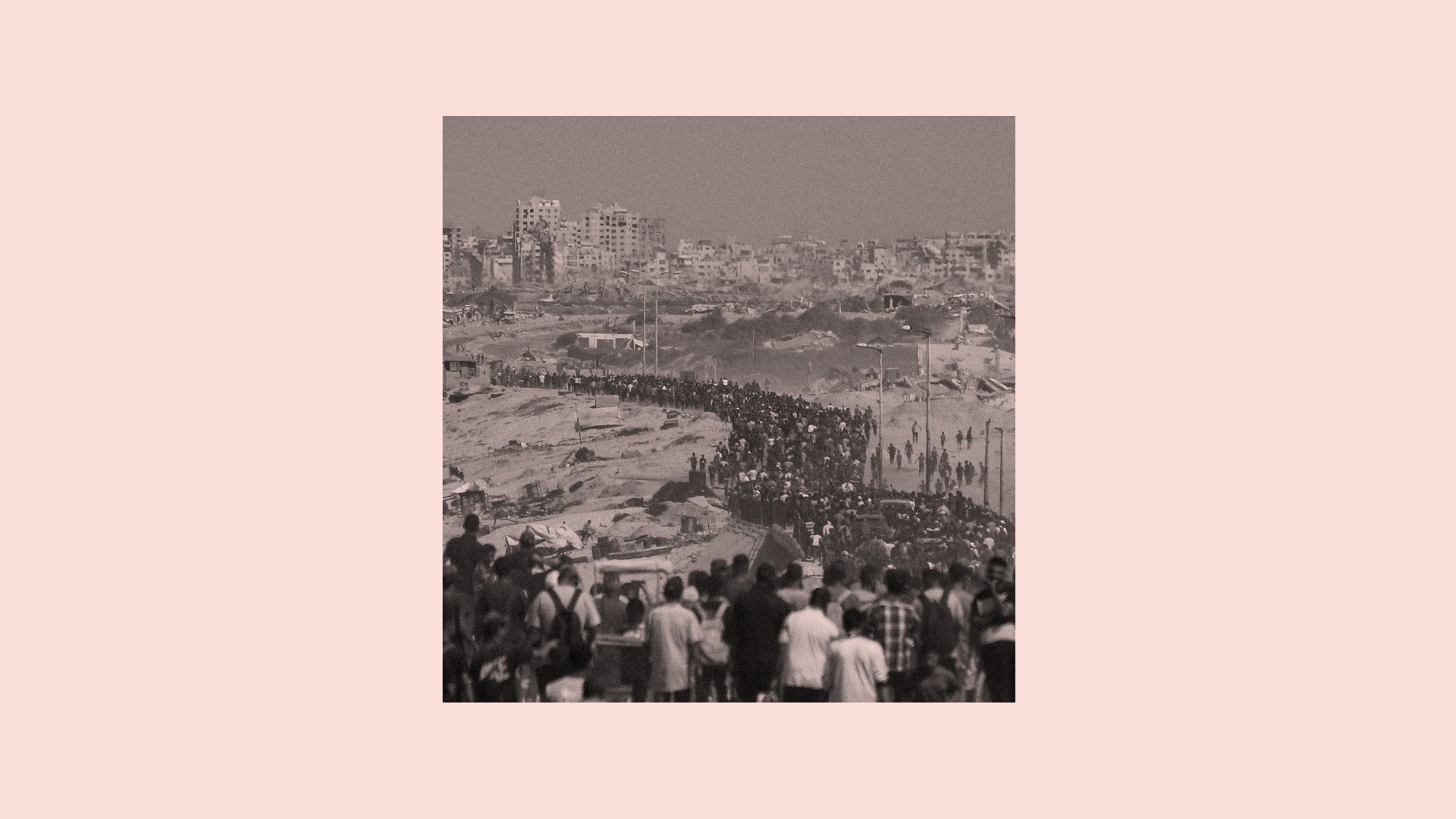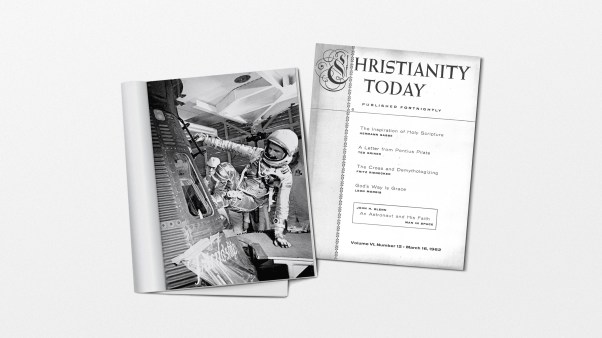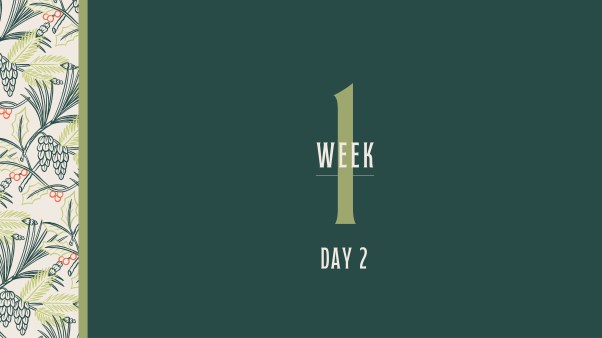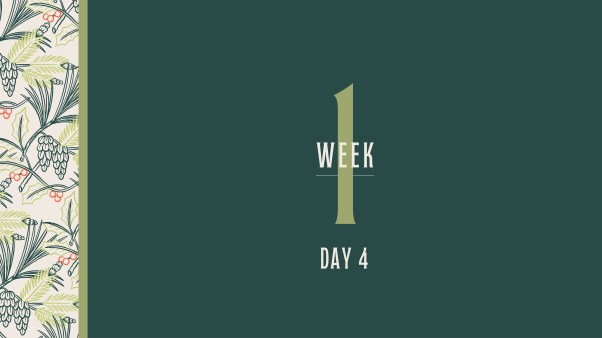This piece was adapted from Russell Moore’s newsletter. Subscribe here.
After two years of bloodshed since Hamas attacked Israel on October 7, 2023, the war in Gaza seems to be over. The living hostages are back home, as President Donald Trump and Hamas and Israel hammered out in a cease-fire agreement. In that, all of us can rejoice, even if the peace will be fragile—and even though wounds from the loss of so many innocent lives, both Gazans and Israelis, will take decades if not centuries to heal. Christians around the world might be tempted to think this matter is now over, at least for us. Gaza, though, has more to do with our own gospel story than we might think.
It’s natural for people to pay more attention to a place when it’s somewhere they’ve lived. A missionary I know who worked in Africa for many years is especially attuned to news headlines about the continent in a way many others might miss. Even though I live in Nashville now, my ears perk up every time I hear any news from my hometown on the Mississippi Gulf Coast. For Christians, Israel and Gaza are places we have “been”—since, by union with Christ, we are part of his story and thus the story of his ancestors (1 Cor. 10:1–6).
Gaza is first referenced in the Bible as a border, the edge of Canaanite territory, the far southern boundary of what the Israelites would later call the land of promise (Gen. 10:19). Gaza comes up in the Book of Joshua, again as a kind of liminal space between the people and the world outside. It’s also the setting for the final scene of Samson’s story, in which the defeated and blinded man pulls down the pillars of a building. The account is unsettling in that it is a meeting place of deliverance and tragedy. Violence and redemption somehow cling to each other in the wreckage of a collapsing house.
By the time we get to the prophets, the word for Gaza seems, at first read, to be only judgment. Amos denounces Gaza for cruelty and injustice in selling an entire community into slavery (1:6–7). Zephaniah seems to be just as harsh, but that’s not the whole story. He also envisions a day when a place of violence is instead a place of pasture (2:4–7). Even in judgment, we see that tragedy is not the end of the story.
Reading such passages without the full context of Scripture could lead to distortion. We could start to identify present-day Gaza as the one-to-one equivalent of where the ancient Philistines lived. But that would be to ignore how judgment and mercy function in redemptive history. Judah, too, is judged—the northern kingdom as well. All of us in Christ are those who were once “far off” and have been “brought near” (Eph. 2:13, ESV throughout). In fact, the one explicit mention of Gaza in the New Testament makes this clear.
In the Book of Acts, Luke writes that God directs the disciple Philip to take the road that goes south from Jerusalem to Gaza. There he meets an official of the Ethiopian royal court, reading the Book of Isaiah (Acts 8:26–39). There on the road, the gospel crosses one of its first borders. The Gentiles are enfolded into the people of God. The once-hostile frontier becomes a pathway of grace. What was thought of as the edge of the map becomes the entry point to the kingdom.
That doesn’t give us a blueprint for what should come next geopolitically, nor does it tell us how to draw borders or maintain cease-fires. But it does remind us what kind of God we pray to for peace and justice. The Gaza on the maps at the back of our Bibles is a kind of liminal space—a threshold. But again and again, that’s where God is at work. Over and over, God redeems the very places where the world seems to have come apart.
Justice and mercy are often clearly marked out by a border in our minds. And yet the gospel we believe binds both of them together in the Cross. Justice without mercy is vengeance; mercy without justice is sentimentality. The gospel is altogether different. Since we have experienced that reality, we ought to be aware that what often seem to be the borderlands of history—the Gazas, literal and metaphorical—are not outside the reach of grace. Often, they are precisely where grace starts to make itself known.
Many of us have frequently recounted the time the Old Testament patriarch Jacob wrestled with God in the night, leaving him with a new name (Israel), a blessing, and a limp (Gen. 32:22–32). What we often forget is that Jacob was in that in-between space because he was scared of his approaching brother, Esau, who had been in many ways rightfully angered by Jacob’s deceptions. And yet when the brothers met, there was no vengeance or violence. Jacob said that seeing Esau’s face was “like seeing the face of God, and you have accepted me” (33:10).
Only the most naive would think Middle Eastern peace can be accomplished in one fell swoop. That wasn’t the case even in Scripture. The lines of Jacob and Esau continued to erupt in conflict toward one another. But their meeting foreshadowed a greater peace to come. We, like our Middle Eastern ancestors (most of us by adoption), are still in the borderlands. We can see from afar the shalom on the other side of this world of blood and death (Heb. 11:13). But we can see it, if only by faith.
The road from Jerusalem to Gaza is still there. It is still desert. But on such roads the Spirit of God still bears witness to hope. In the borderlands—not just on our maps but in our lives—we might see no road out of where we are. But surely back there, on the road we cannot see, goodness and mercy are following us still. We should pray that way.
Russell Moore is editor at-large and columnist at Christianity Today and leads its Public Theology Project.















